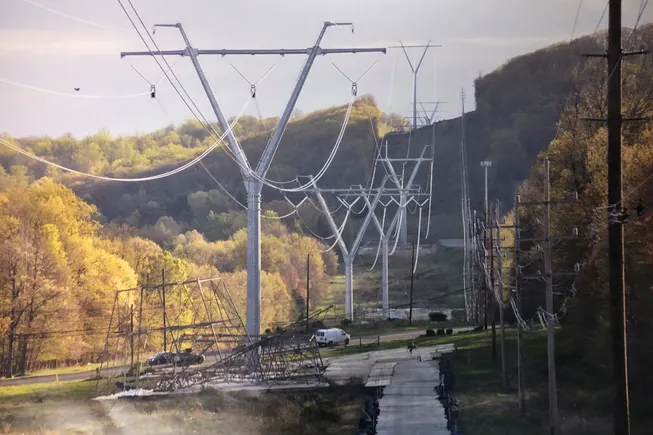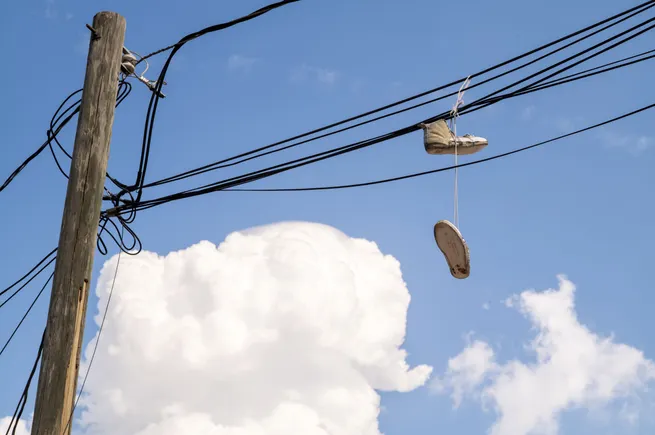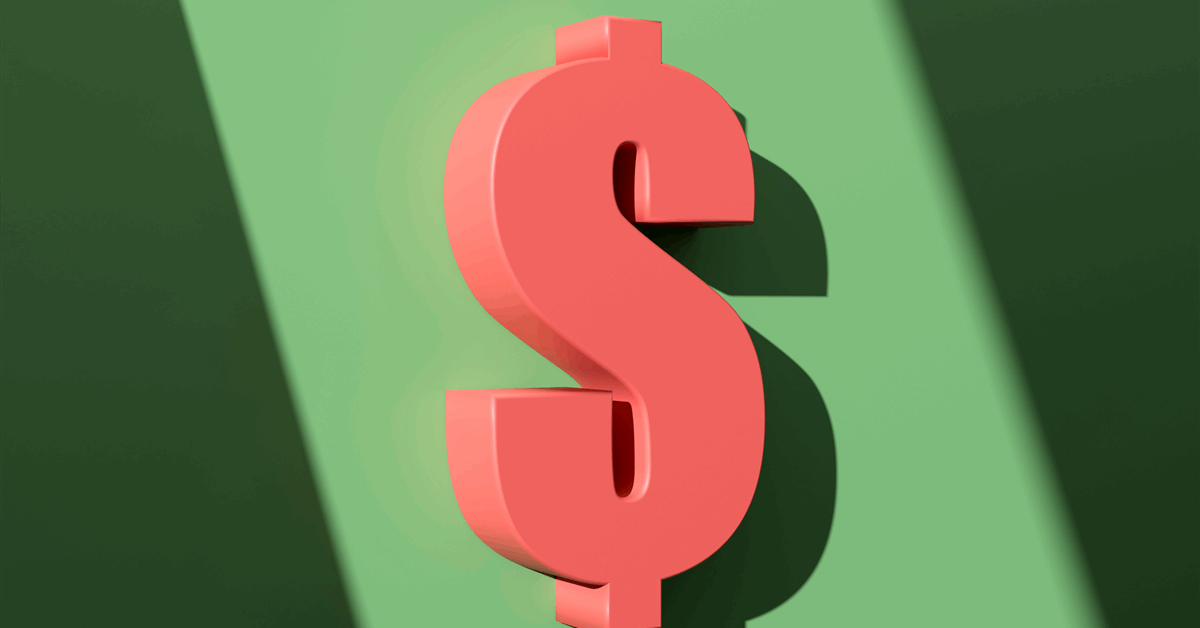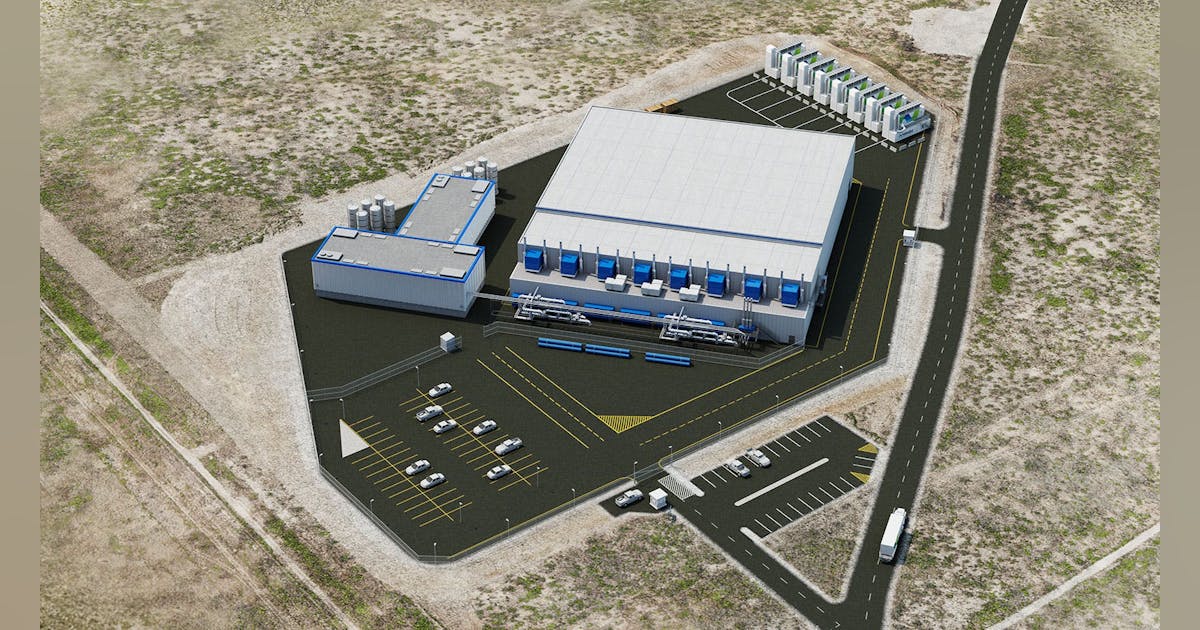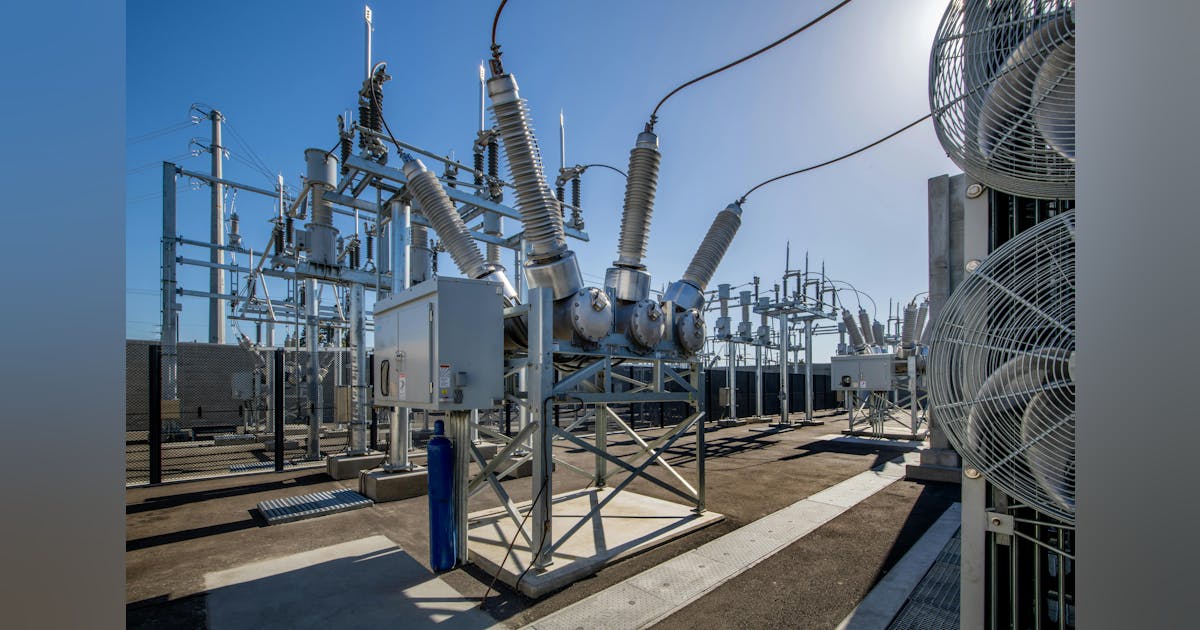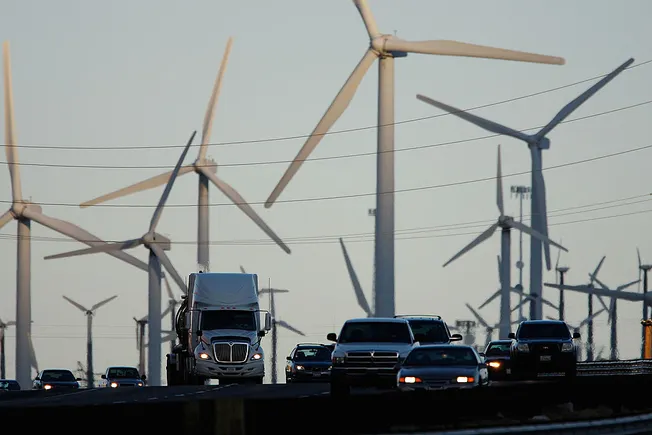
Dive Brief:
-
Solar power purchase agreement prices in North America rose 4% from the second to third quarter of 2025, while wind prices rose nearly 5%, according to data from the LevelTen Energy PPA marketplace. Wind PPAs have increased nearly 14% since last year.
-
Market analysts disagree about which specific policies have driven the increase in costs. LevelTen Energy attributes the rise to tariffs and permitting challenges, while energy transition firm Trio blames financing costs. Both say demand growth has played a role.
-
Additional rounds of tariffs announced by the Trump administration could increase PPA costs by another 10% to 15%, according to Joey Lange, senior managing director for clean energy supply at Trio.
Dive Insight:
With multiple policies poised to increase energy costs, it’s unclear exactly which factors are driving up PPA prices.
Wind PPAs have seen the greatest price hikes since the election of President Donald Trump, rising a little over $9/MWh since the third quarter of 2024, according to LevelTen Energy. The average solar PPA costs $3.19/MWh more than it did this time last year.
Developers of both resources have reported to LevelTen Energy that they’ve sidelined projects they don’t believe will make the deadline for federal tax incentives under the One Big Beautiful Bill Act, according to Rob Collier, vice president of the LevelTen Energy marketplace. That has reduced the number of clean energy projects on the market, even as many large buyers have sped up their procurement ahead of those same OBBBA deadlines, Collier said.
Wind projects face additional price pressure from newly restrictive federal permitting policies, Collier said. Wind is also seen as more desirable by corporate procurement teams looking to meet 24-7 clean energy goals, according to Lange.
But tariffs have had the biggest cost impact to date, Collier said.
“What we’re hearing from developers is it’s the tariffs,” he said. “Metal, minerals, new inquiries into wind turbine components — that is what is creating uncertainty and upward pressure on pricing.”
Lange is less convinced that tariffs are the primary factor driving current cost increases. Most recent PPAs have addressed the potential for new tariffs with riders that increase the cost of the contract if and when tariffs take effect, he said. Because developers may not include those riders in initial asking prices, they may not factor into averages based on current market bids.
New tariffs that have yet to take effect — and so haven’t triggered contract riders — stand to increase wind and solar PPA prices 10% to 15%, Lange said.
Increased financing costs, however, have already impacted PPA prices and are the main force behind increases to date, according to Lange. The crush of developers trying to bring projects to market ahead of the OBBBA deadlines — coupled with numerous other infrastructure projects, including data centers, that are trying to rush to market — has strained U.S. financiers. The growing competition for capital has increased borrowing costs, Lange said.
Despite the increasing costs, the value of most PPAs relative to wholesale energy prices has improved in recent months, Lange said.
Even so, neither Lange nor Collier expects PPA prices to decline in the near future.
With the supply of tax credit-qualified projects likely to dwindle toward the middle of next year, “it’s hard to envision a world where prices are going to decrease,” Collier said. The open question, he said, is whether prices increase gradually, or spike suddenly as the OBBBA and tariff policies take hold.






